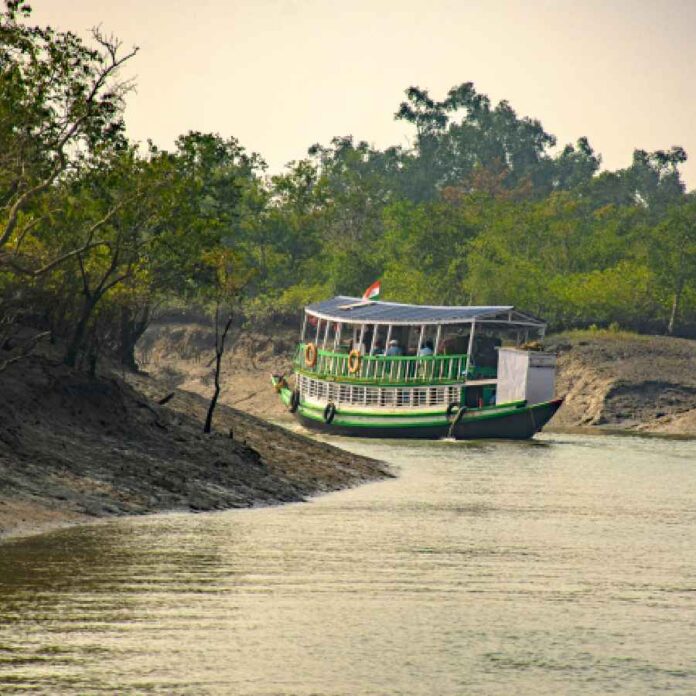Beyond the Tiger: When you hear “Sundarbans,” what comes to mind? For most, it’s the majestic Royal Bengal Tiger, perhaps a crocodile lurking in the murky waters, or the thrilling adventure of navigating through the dense mangrove forests by boat. While the allure of its unique wildlife and natural beauty is undeniable, the Sundarbans offers much more than just a wildlife safari. It holds the key to an authentic village experience, a serene escape from the complexities of modern life.
More Than Just Wildlife Encounters
The Sundarbans, India’s largest mangrove forest, is renowned globally for its unparalleled biodiversity. Birdwatchers find solace in its rich avian life, and nature enthusiasts are drawn to its unique ecosystem. However, in recent years, the definition of travel to this delta region has expanded. The monsoon season now sees a surge in visitors for “Hilsa festivals,” where people enjoy delicious Hilsa fish and rice aboard boats, exploring popular mangrove spots. While these experiences offer a taste of the Sundarbans, they often skim the surface of the region’s true essence.
Unveiling Kumirmari: A Glimpse into Simple Living
If you’re looking to truly unwind and immerse yourself in an untouched rural setting, consider a trip to Kumirmari. This quaint village, nestled within the Sundarbans, offers a refreshing contrast to the usual tourist trail. Here, life moves at a slower, more deliberate pace. The villagers primarily rely on farming for their livelihood, with some also engaged in fishing. In recent times, a few have even ventured into beekeeping as an alternative source of income. This simple, unhurried way of life is incredibly rejuvenating. Imagine spending a couple of days surrounded by this tranquility, shedding the stress and complications of your daily routine.
Embracing the Rustic Charm
Kumirmari doesn’t boast grand tourist “spots.” Instead, its charm lies in its everyday existence. Visitors can spend their time exploring the village’s fields, meandering rivers, rustic pathways, and serene canals and ponds. How often do you get to see fresh vegetables and fruits growing on trees anymore? This is an excellent opportunity to introduce the younger members of your family to the simplicity of rural India, to show them the very mangroves and delta regions they’ve only read about in books.
For those seeking an overnight stay, a few eco-resorts and basic accommodations have emerged, catering to the growing interest in this unique form of tourism. A trip to Kumirmari isn’t about ticking off famous landmarks; it’s about connecting with nature, understanding local traditions, and experiencing the genuine warmth of village life.
Read More: Salumarada Thimmakka: The Tree Mother of India and a Living Legacy of Green Love







